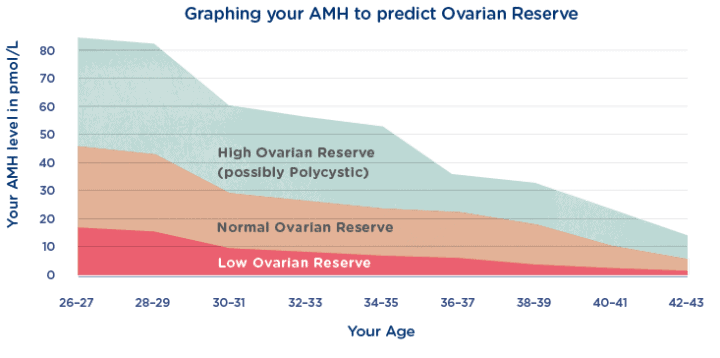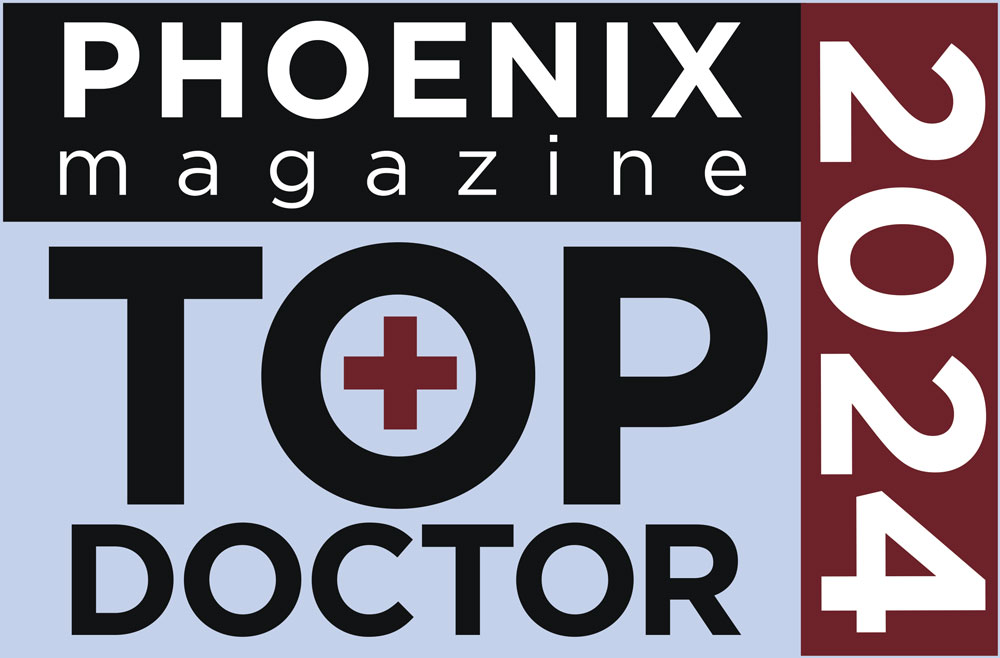You may have heard that your chances of getting pregnant are affected by your ovarian reserve. But what does that actually mean?
The ovarian reserve is a guestimate of the number of healthy eggs a woman has left in her ovaries which may respond to fertility treatment. As the eggs are in different stages of development at any point of time (some of them microscopic), there is no way to get a firm count. That said, ultrasound and hormone testing can give us a general idea of your ovarian reserve.
AMH levels and fertility
The tiniest egg-producing follicles, called primary follicles, are not visible with ultrasound, but they do begin to produce a hormone called Anti-Mullerian Hormone (AMH). As the primary follicles develop into antral follicles, they produce even more AMH. The highest levels are produced by follicles about 4mm in size. After the follicles reach about 8mm in size, AMH production drops off.
By testing AMH levels in the blood and comparing them to norms, we can get a sense of the amount of developing egg activity in the ovaries. This test can be done at any point in your cycle as AMH levels remain relatively stable.
We can also perform an ultrasound to count the antral follicles that are large enough to be visible.
If my ovarian reserve is low, will I still be able to get pregnant?
A low ovarian reserve does not mean it is impossible for you to get pregnant, it simply means that certain fertility treatments may not work. For example, if we use fertility drugs to stimulate egg production for retrieval, there may not be very many eggs to retrieve, which means fewer eggs to fertilize, fewer healthy embryos to choose from, and less chance of having leftover embryos to freeze for future IVF cycles. And sometimes it takes more than one cycle.
Keep in mind, ovarian reserve is not the only relevant fertility test. We do a full set of infertility testing on both the male and female partners in order to determine the best course of action to overcome fertility issues.



